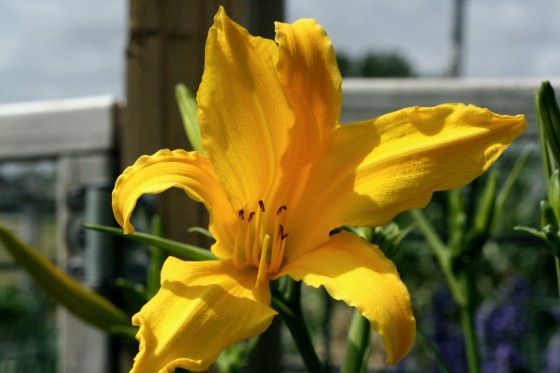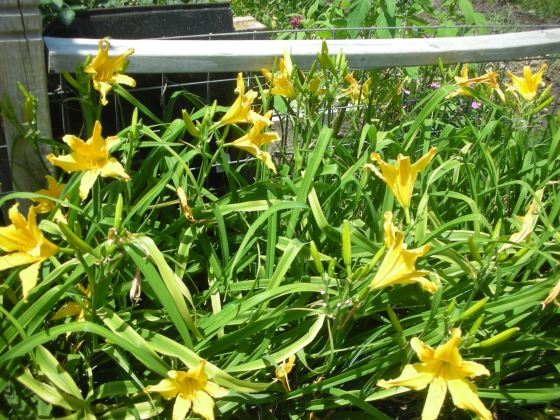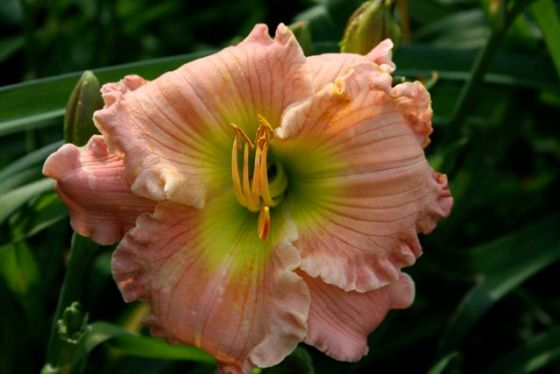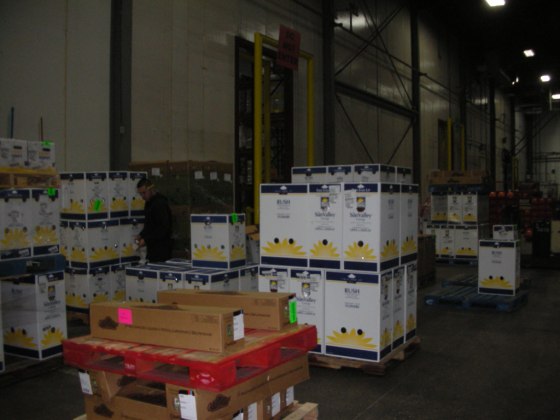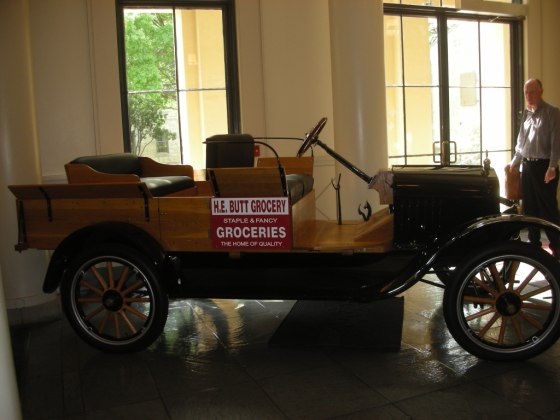I love the CSA movement. If you are not familiar with the CSA concept here is a brief run down. CSA stands for Community Supported Agriculture. Basically, the CSA is an arrangement between a farmer and their customers. The members of the CSA agree to pay a weekly fee to the farmer in exchange for an equal share of their harvest. This arrangement ensures that the farmer has the resources needed to keep the farm going and the members get a steady supply of fresh, healthy (generally organic), locally grown vegetables for their families. I really love this movement because it allows a lot of people to make a living farming on a relatively small scale. I am a firm believer that what we put in our mouths really matters. The people that operate CSAs feel this way as well. That’s why this arrangement works. Good people who love agriculture and taking care of the earth provide great food to people that care enough about what they feed their families that they are willing to support the producers. Everyone wins!
Two weeks ago my wife and I visited The Living Kitchen Farm and Dairy (http://livingkitchen.homestead.com/) in Bristow Oklahoma. This CSA is run by two of the hardest working entrepreneurs I have ever met. Linda Ford and Lisa Becklund run a thriving business that combines vegetable production, a goat dairy, mutton production, egg production, artisanal cheese making, farmer’s market and fine dining experiences. WHEW! I am exhausted just telling you about all they do! Their CSA model is a little different than most. In addition to fresh vegetables, they also provide fresh eggs to their members . They also intend to add mutton to the mix in the near future. It is their ultimate goal to provide 75% of their member’s food needs.
Running an operation this diverse does require some help. The girls employ seasonal labor and are assisted by several volunteers. This summer, they also have two college interns that are helping them with the just about everything. Kathleen Airola (B.S. in Horticulture, University of Arkansas) and Josey Hoelscher (B.S. Animal Science, Purdue) are providing assistance in all aspects of the farm’s operations. Young people like this are the future of Agriculture in our country. I am excited to see such talented young people excited about a future in the agricultural world. Both of these girls were extremely knowledgeable and personable and I enjoyed visiting with them immensely.

The Living Farm interns: Kathleen Airola and Josey Hoelscher. Also pictured is Living Farm volunteer Cara Johnson. Special thanks to Cara as it was her and her mom that rescued the yupneck and his party when we became lost on our way to the farm!
Even though I am incredibly interested in all thing horticultural, what brought us to Living Kitchen was the birthday of a dear friend. My wife was looking for something “different” to give her friend for this birthday. The Living Kitchen Lavender Festival is what she came up with. In addition to their agricultural events, Linda and Lisa sponsor monthly dinners (in the non-freezing months) that feature whatever is in season on the farm. We were lucky enough to be there for the “Lavendar Festival”. Every dish and drink had culinary lavender used in its preparation. Lisa is a trained chef and her skills were apparent. Everything that entered out mouths was outstanding.

Flat bread made in the farm's "cob oven". The bread was perfect with the homemade chevre made right on the farm.
Atmosphere always plays a huge part in the fine dining experience. Lisa and Linda have a log cabin on their property that they use to host their dinners. This cabin looks like it is straight off the pages of a magazine. We enjoyed our Lavendar Feast on the screened in porch of this rustic home with 29 other lovers of good food. We ate, laughed and made new friends. All in all, it was a perfect day. My hat is off to these two outstanding young women. Together they have built a business that feeds both the stomachs and souls of their guests.
















